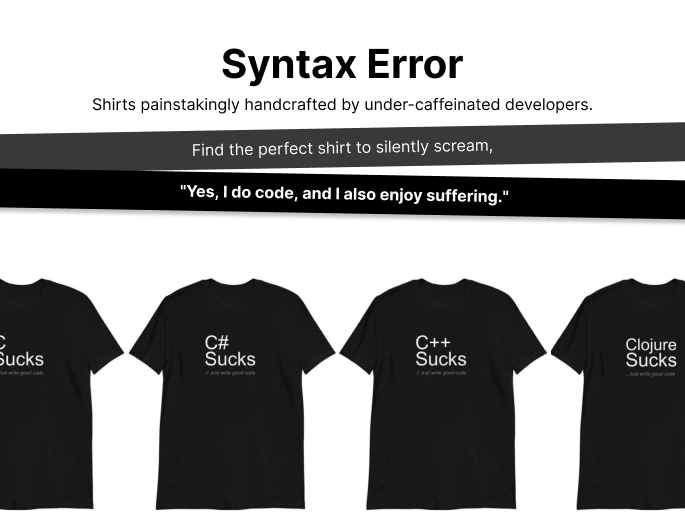Source: thenewstack.io
Grafana Labs Invests in Strengthening Enterprise Integrations with PrometheWe think you might be interested in this job:
Prismatic
To that end, Grafana recently expanded Grafana 7.0 with the release of 7.2 to include more data-modification options, for visualizations including time ranges, graphs, and other options.
Grafana said it also seeks to remove many of the hurdles in the adoption of Prometheus with the use of its dashboard.
Another Grafana issue GME helps to solve is how Prometheus’s high availability model relies on pairs of Prometheus servers scraping the same targets, Wilkie said.
With “fewer things to manage,” Wilkie said GME offers a push-based agent architecture brings the benefits of Prometheus (data model, PromQL, performance and integrations) to organizations where the Prometheus pull-based model is hard to implement due to network topology, security rules or compliance controls.
Related Articles
Community Partners
DevOps Careers






